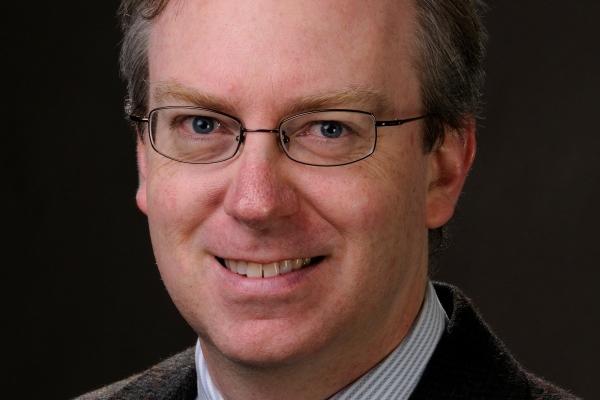
Over the past several years, our understanding of topological electronic phases of matter has advanced dramatically. A paradigm that has emerged is that insulating electronic states with an energy gap fall into distinct topological classes. Interfaces between different topological phases exhibit gapless conducting states that are protected topologically and are impossible to get rid of. In this talk we will discuss the application of this idea to the quantum Hall effect, topological insulators, topological superconductors and the quest for Majorana fermions in condensed matter. We will then show that similar ideas arise in a completely different class of problems. Isostatic lattices are arrays of masses and springs that are at the verge of mechanical instability. They play an important role in our understanding of granular matter, glasses and other 'soft' systems. Depending on their geometry, they can exhibit zero-frequency 'floppy' modes localized on their boundaries that are insensitive to local perturbations. The mathematical relation between this classical system and quantum electronic systems reveals an unexpected connection between theories of hard and soft matter.
